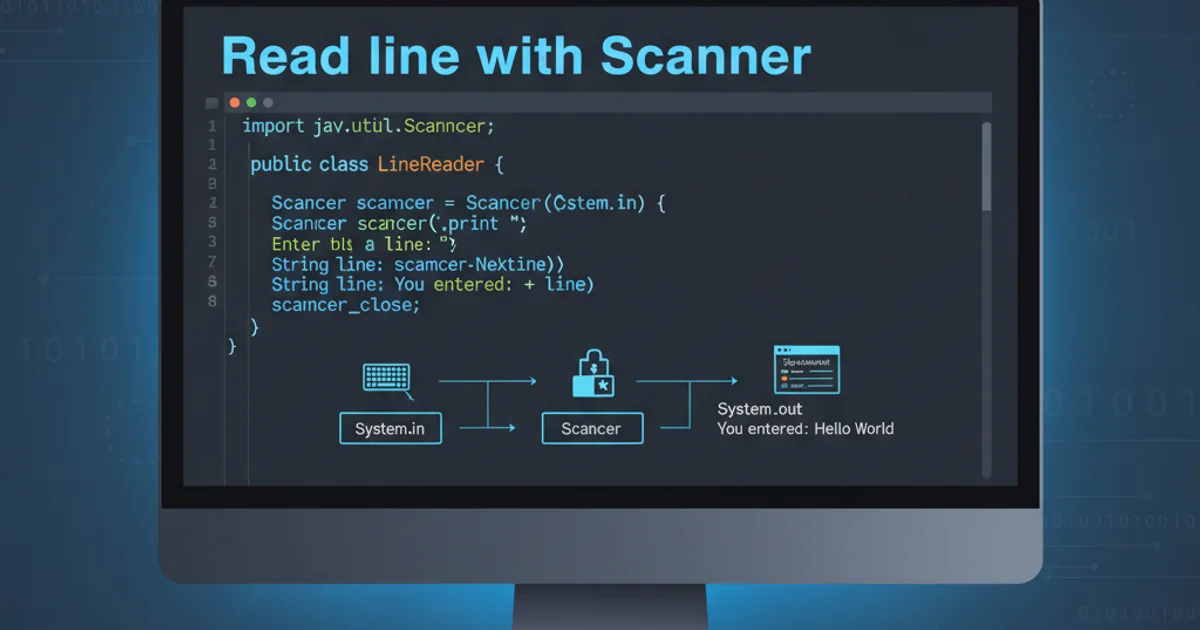Generating Controllers in Ruby on Rails: A Comprehensive Guide

Learn how to efficiently create and manage controllers in Ruby on Rails, understanding their role in handling requests and responses.
Controllers are the 'C' in MVC (Model-View-Controller) architecture, serving as the brain of your Ruby on Rails application. They receive incoming requests, interact with models to fetch or manipulate data, and then render views to send a response back to the user. This guide will walk you through the process of generating controllers, understanding their structure, and best practices for their use.
Understanding the Role of a Controller
In a Rails application, when a user navigates to a URL, the request is first routed to a specific controller action. The controller then orchestrates the necessary logic, which might include querying a database (via models), performing calculations, or handling user input. Finally, it prepares data for the view and renders the appropriate template, which is then sent back to the user's browser.
sequenceDiagram
actor User
participant Browser
participant RailsRouter as "Rails Router"
participant Controller
participant Model
participant View
User->>Browser: Enters URL
Browser->>RailsRouter: HTTP Request
RailsRouter->>Controller: Routes to action
Controller->>Model: Interacts with data
Model-->>Controller: Returns data
Controller->>View: Renders template with data
View-->>Controller: Rendered HTML
Controller-->>Browser: HTTP Response (HTML)
Browser->>User: Displays PageFlow of a request through the Rails MVC architecture
Generating a Controller with Rails Generator
Rails provides a powerful generator to quickly scaffold controllers and their associated files. This saves time and ensures that your controllers adhere to Rails conventions. The rails generate controller command is the primary tool for this task.
rails generate controller Welcome index about
Generating a controller named Welcome with index and about actions.
This command will perform several actions:
- Create a controller file at
app/controllers/welcome_controller.rb. - Create view files for each specified action:
app/views/welcome/index.html.erbandapp/views/welcome/about.html.erb. - Add helper methods in
app/helpers/welcome_helper.rb. - Generate test files for the controller and helper.
User model, UsersController). However, for general-purpose pages like Welcome or Dashboard, a singular controller name is often appropriate.Configuring Routes for Your Controller
After generating a controller, you need to define routes in config/routes.rb to make its actions accessible via URLs. The generator might add basic routes, but you'll often need to customize them.
# config/routes.rb
Rails.application.routes.draw do
get 'welcome/index'
get 'welcome/about'
# Define a root route
root 'welcome#index'
end
Example routes for the Welcome controller.
The root 'welcome#index' line sets the index action of the WelcomeController as the default page for your application. You can also use resources for RESTful controllers, which automatically maps common actions (index, show, new, create, edit, update, destroy) to URLs.
1. Step 1: Generate the Controller
Open your terminal and navigate to your Rails project directory. Run the rails generate controller command, specifying the controller name and any initial actions you want to create. For example, rails generate controller Products index show new create edit update destroy.
2. Step 2: Define Routes
Edit config/routes.rb to map URLs to your controller actions. For a RESTful controller, use resources :products. For custom actions, use get 'path/to/action', to: 'controller#action'.
3. Step 3: Implement Controller Logic
Open app/controllers/your_controller_name_controller.rb and add the necessary Ruby code within each action method. This includes fetching data from models, handling parameters, and preparing instance variables for the view.
4. Step 4: Create Views
Navigate to app/views/your_controller_name/ and create or modify the .html.erb (or other template engine) files for each action. These views will use the instance variables defined in the controller to render HTML.
5. Step 5: Test Your Controller
Start your Rails server (rails s) and navigate to the defined URLs in your browser to verify that your controller and views are working as expected. You can also write unit and integration tests for your controller actions.